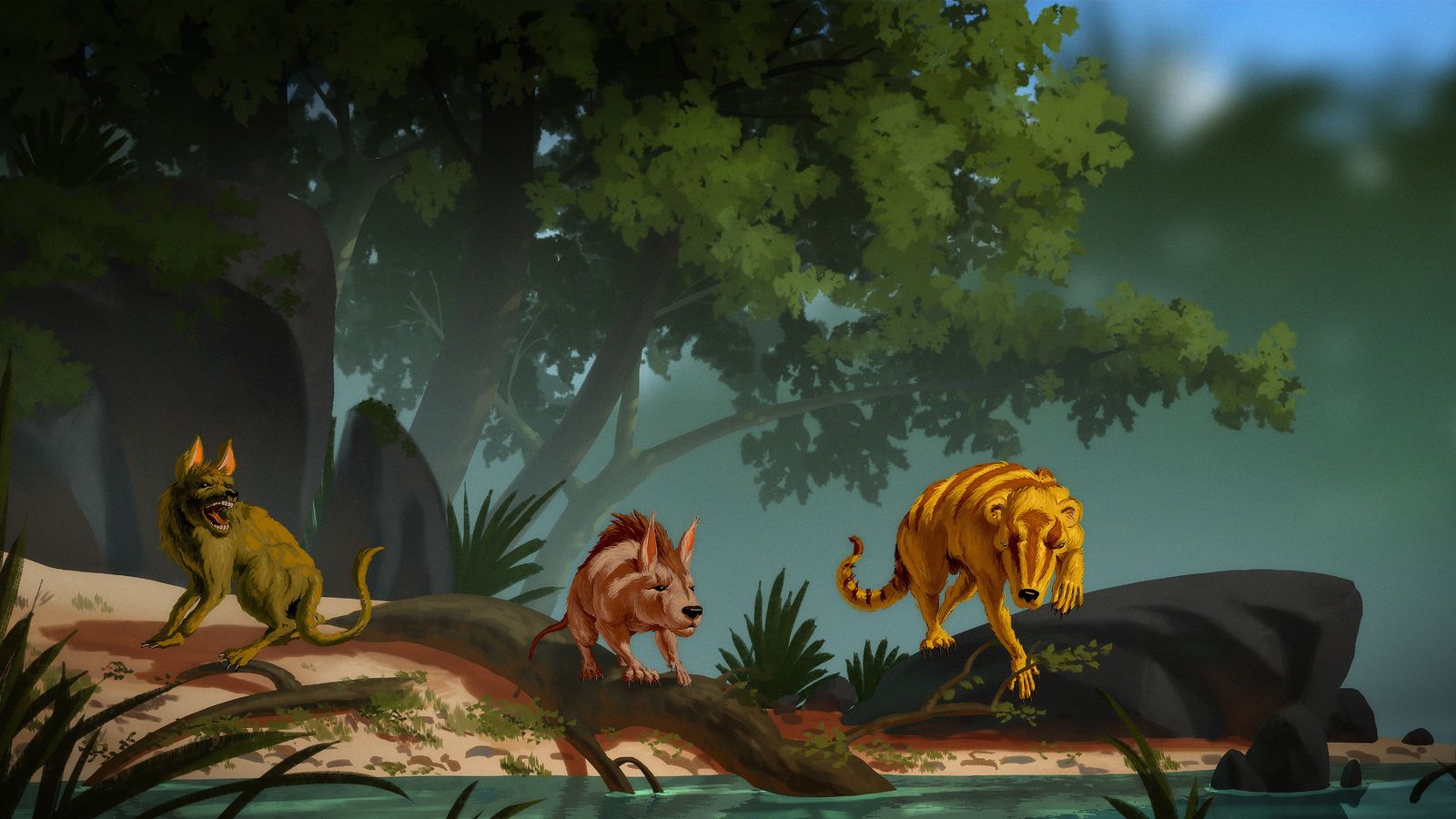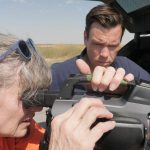A prehistoric creature, named after a character from The Hobbit, is one of three new discoveries that suggest there was a rapid evolution of mammals after the extinction of dinosaurs.
Researchers from the University of Colorado Boulder suggest that the mammals roamed North America during the earliest Paleocene epoch – the period immediately after the extinction of dinosaurs.
The findings suggest mammals diversified quicker than previously thought after the mass extinction.
The creatures discovered are Miniconus jeanninae, Conacodon hettingeri, and Beornus honeyi – with the latter named in homage to The Hobbit character Beorn, due to the appearance of inflated molars.
All three discoveries differ in size, ranging up to a modern house cat, which is much larger than the mostly mouse to rat-sized mammals that lived before it alongside dinosaurs in North America.
Each animal has unique dental features that differ from the other and the new animals are believed to be primitive ancestors of today’s hoofed mammals, such as horses, elephants, cows and hippos.
Palaeontologists also found parts of lower jawbones and teeth, which provide an insight into the animals’ identity, lifestyle and body size.
Researchers believe the creatures may have been omnivores because they seemed to have teeth that would have allowed them to grind up plants as well as meat.
Several mammals appeared for the first time immediately after the mass extinction that wiped out non-avian dinosaurs 66 million years ago during the period known as the Age of Mammals.
Lead author Madelaine Atteberry said: “When the dinosaurs went extinct, access to different foods and environments enabled mammals to flourish and diversify rapidly in their tooth anatomy and evolve larger body size.
“They clearly took advantage of this opportunity, as we can see from the radiation of new mammal species that took place in a relatively short amount of time following the mass extinction.”






















